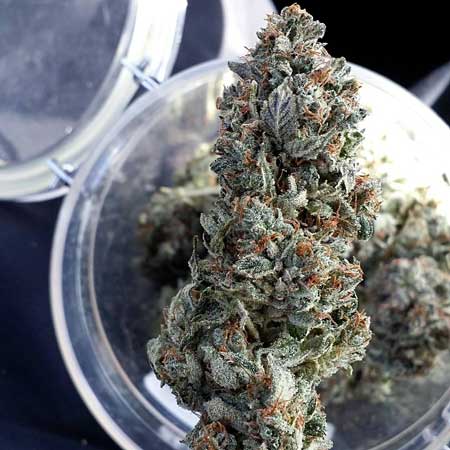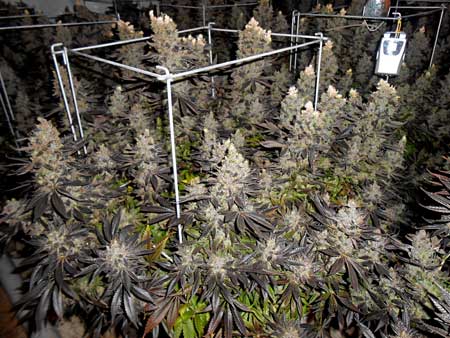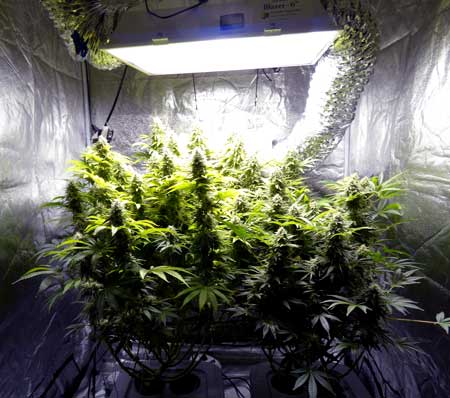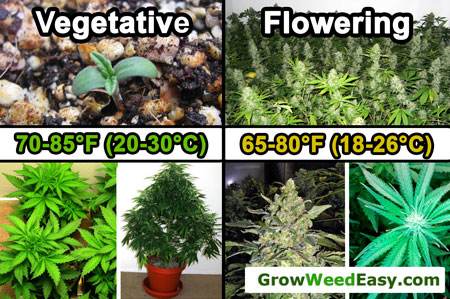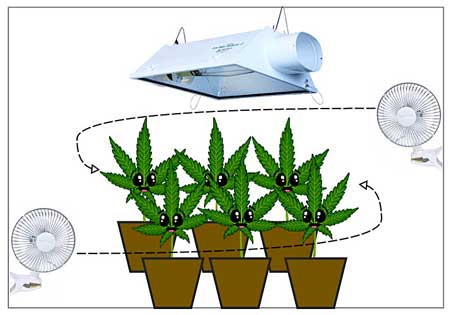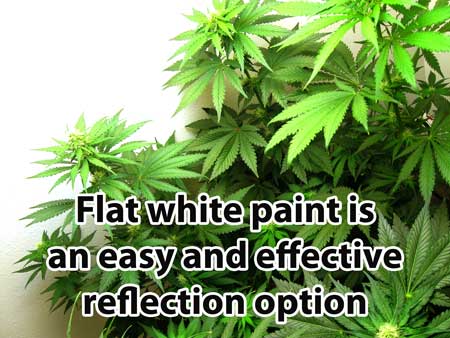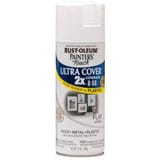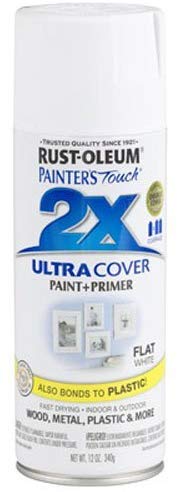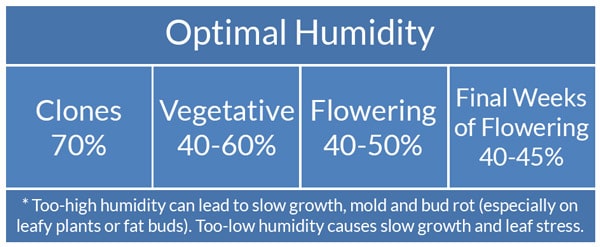by Nebula Haze
What makes the perfect cannabis growing environment? What does it take to get the healthiest growth and best yields from your indoor cannabis plants? Get the answers today!
Indoor Grow Tip: Consider a grow tent for a pre-made perfect growing environment for your marijuana plants.
5 Factors to Creating a Perfect Growing Environment
(from most important to least important)
- Light – Cannabis needs a lot of light every day to grow big, potent buds.
- Temperature – Comfortable for you = comfortable for your plants.
- Air Circulation – Give fresh air plus a gentle breeze.
- Reflection – Cover your walls with a reflective material to increase yields.
- Humidity – Control humidity so buds grow tighter with more resin production.
Cannabis plants need a great environment to produce the best harvest. A poor growing environment lowers both yields and bud quality!
Benefits of a great grow environment for cannabis plants:
- Plants grow faster
- Harvest bigger yields
- Healthier, greener, and overall stronger plants
- Higher bud quality (better bud density, shape, and trichome production)
- Stronger bud smell and potency (THC and smells can get “burned off” if it’s too hot)
- Plants are more resistant to common problems like over/underwatering, hermies, heat stress, light stress, bugs, mildew and bud rot.
Keep cannabis plants comfortable and they will reward you!
When growing cannabis, you want to give light that is bright (though not too bright, or you will cause light stress). Light is like food for your cannabis plants, which means the amount of light affects your yields. A small grow light tends to get smaller yields than a bigger grow light. At least when everything else is equal. To get really big yields of big fat buds, you need a big grow light. For example, you typically need at least a 300W or bigger grow light to harvest 1 pound of weed, and 600W is considered standard to consistently achieve 1 pound of buds per every harvest.
Light also changes how your cannabis plant grows. For example, in the vegetative stage a color spectrum of light with lots of red can cause your plants to grow tall and lanky, while a spectrum with more blue causes plants to grow more bushy and squat. In the flowering stage, more red is associated with bigger buds and higher THC levels in the buds, while increased UV light is associated with higher terpene (smell) production. Some modern cannabis LED grow lights take advantage of a custom color spectrum to help your plants grow optimally at all times.
The amount of light you give your cannabis determines the upper limit of your potential yields.
However, it’s also possible to give your cannabis plants too much light, especially with big grow lights, so it’s important to keep grow lights the right distance away. When plants look stressed at they places they’re getting the most light, it’s a good idea to turn the power down or move lights further away.
See examples of what yields to expect from different cannabis grow lights.
The long and the short of it is: If the temperature feels comfortable for you, it’s probably comfortable for your plants.
Cannabis plants like temperatures in the 65-85°F (19-30°C) range and can start to run into problems when the plants are experiencing temperatures outside that range.
Optimal Temps for Growing Cannabis
Learn more about cannabis plants & temperature.
3.) Air Circulation & Exhaust
Making sure your cannabis plants always have a gentle breeze and plenty of fresh air helps them grow faster. Good air circulation also helps prevent problems with white powdery mildew, bud rot, and common cannabis pests like fungus gnats or spider mites.
Basically, you want a gentle breeze moving over, through, and under your plants if possible. If all the leaves are being gently rustled, that’s perfect. You don’t want to point a fan directly at your plants because that can cause wind burn, but you also don’t want any leaves sitting in unmoving or hot air. A small oscillating fan or two in the grow space can work wonders.
In addition to making sure there’s air moving around in the grow space, it’s also important to vent out heat from your grow lights, especially if it’s getting too hot when lights are on. While many cannabis growers know they’ll need ventilation with powerful HPS lights, it’s important to note that ventilation can be just as crucial for LEDs, LECs and even fluorescent lights like T5s if the total wattage gets high enough. For each light type, the higher the wattage, the more heat produced. Fans can move air around, but can’t lower the total amount of heat in a room. If you notice the temperature is climbing above 85°F (30°C) on a regular basis even with fans, you should consider venting heat out of the grow area to keep the temperature under control. If the overall temperature of the entire grow room is still too high, you may need to take more drastic actions such as getting an AC.
Read the air circulation & exhaust tutorial for detailed instructions.
4.) Reflection (get more light to plants)
You will get the most from your indoor grow lights by reflecting all the light at your plants. Instead of letting the walls of the grow space absorb extra light from your grow light, you can use a reflective material to bounce it directly at your garden. This allows you to squeeze more yields out of the same grow light without having to change anything else about your environment.
The easiest way to get highly reflective walls is to grow cannabis plants in a grow tent. Grow tent walls are usually 95% reflective or more.
But if you’re growing in a DIY space, you still have great options. For example, flat white latex paint is a surprisingly cheap and easy wall material that has 85-95% light reflectivity. Yes, it’s true, simply painting your walls can actually increase your cannabis yields! There are also many other materials with great reflectivity, and some of the professional options work even better than paint.
Learn about your options for reflective walls when growing cannabis.
5.) Humidity
Unless it’s very high or low, humidity usually won’t cause major problems with your cannabis grow. However, there are a few tricks with humidity to get faster growth and more resin production on your buds.
Note: The optimal seedling humidity is closer to vegetative plants than clones. Try to avoid letting the humidity get over 60% for seedlings or it can slow their growth.
Learn how to use humidity to “trick” your plant into growing faster and creating more resin.
Perfecting Your Growing Environment
It’s important to realize that there is no one “perfect” growing environment. Just like people, each plant is a little bit different and may respond better to some environments than others. For example, some strains of cannabis can handle a lot of heat or cold, and some plants aren’t as picky about good air circulation. But by taking care of the 5 factors of a great cannabis growing environment, you ensure that your cannabis plants will be comfortable no matter what the strain.
And of course, if you run into any problems, diagnose your sick cannabis plant right away!
Jump to…
How to Grow Better Smelling Buds

